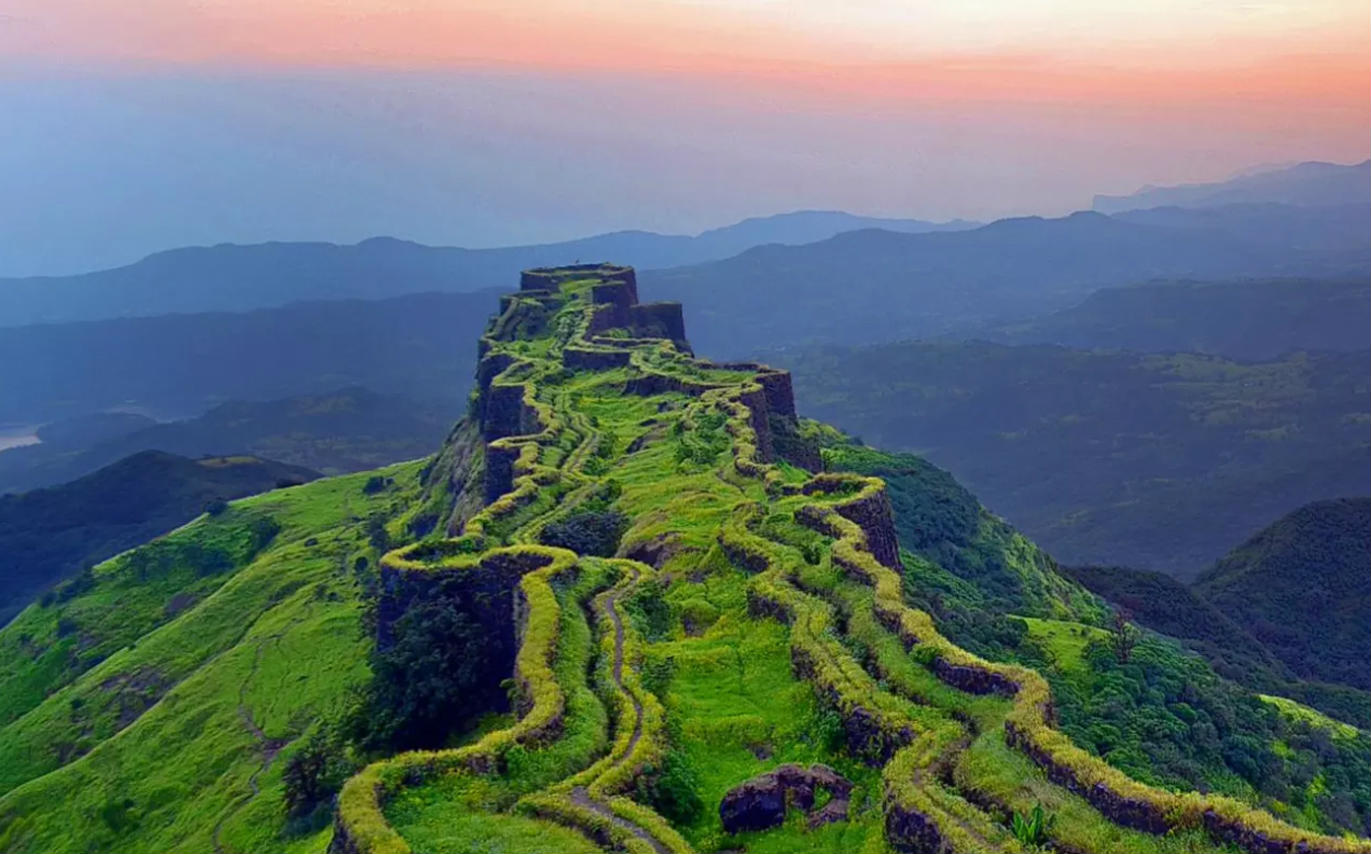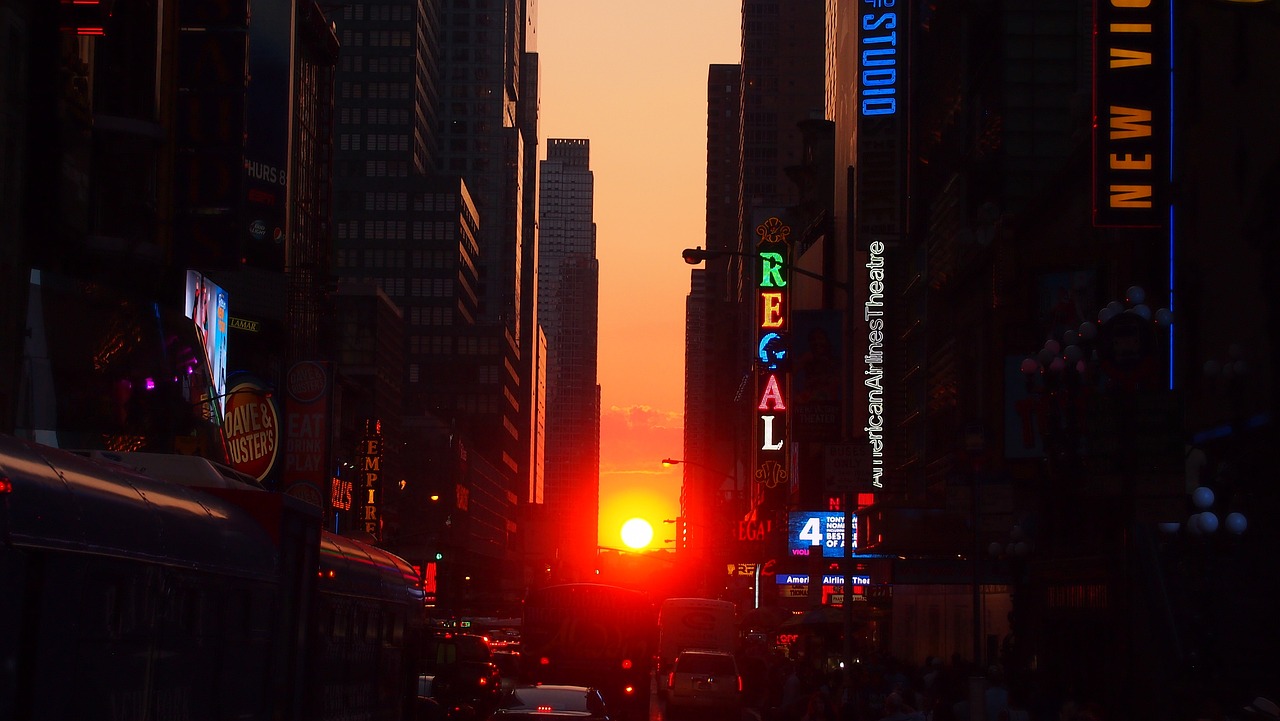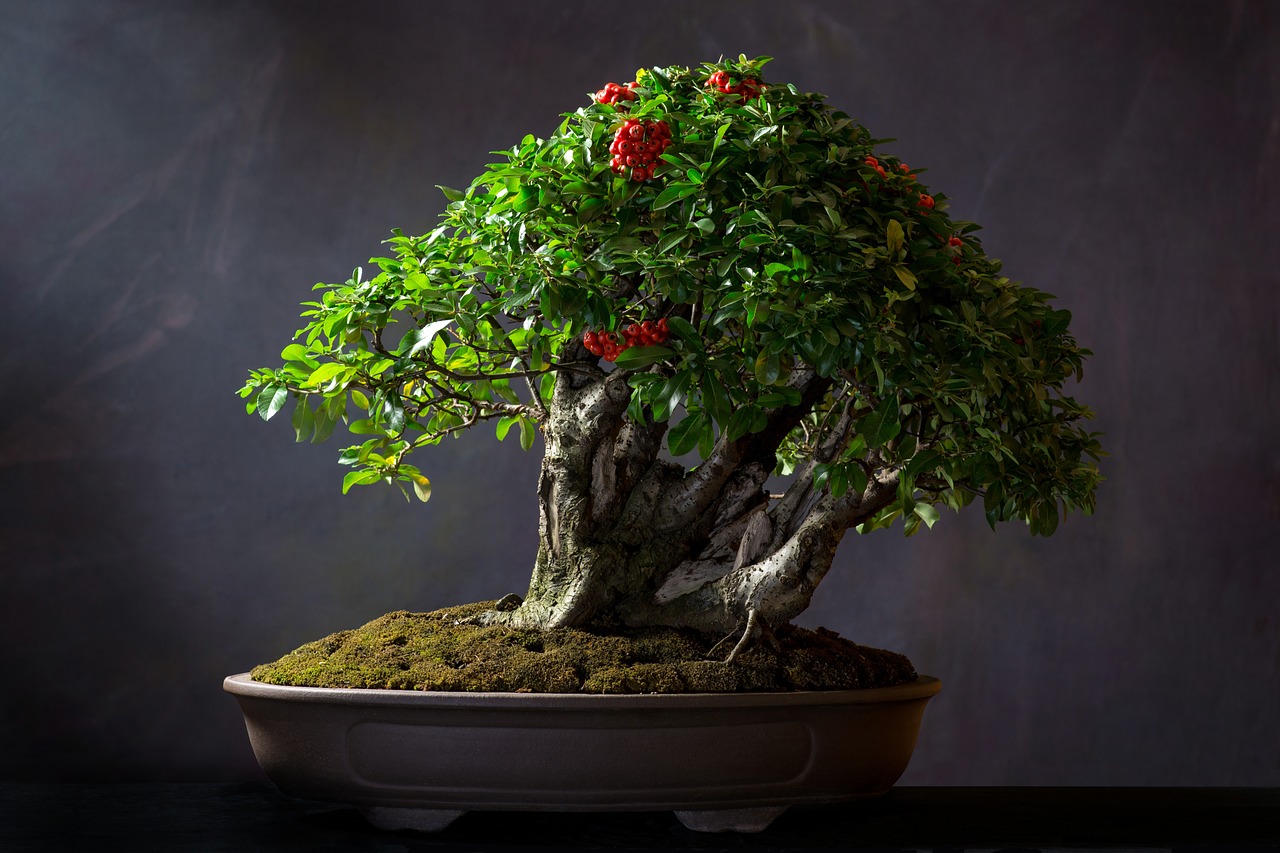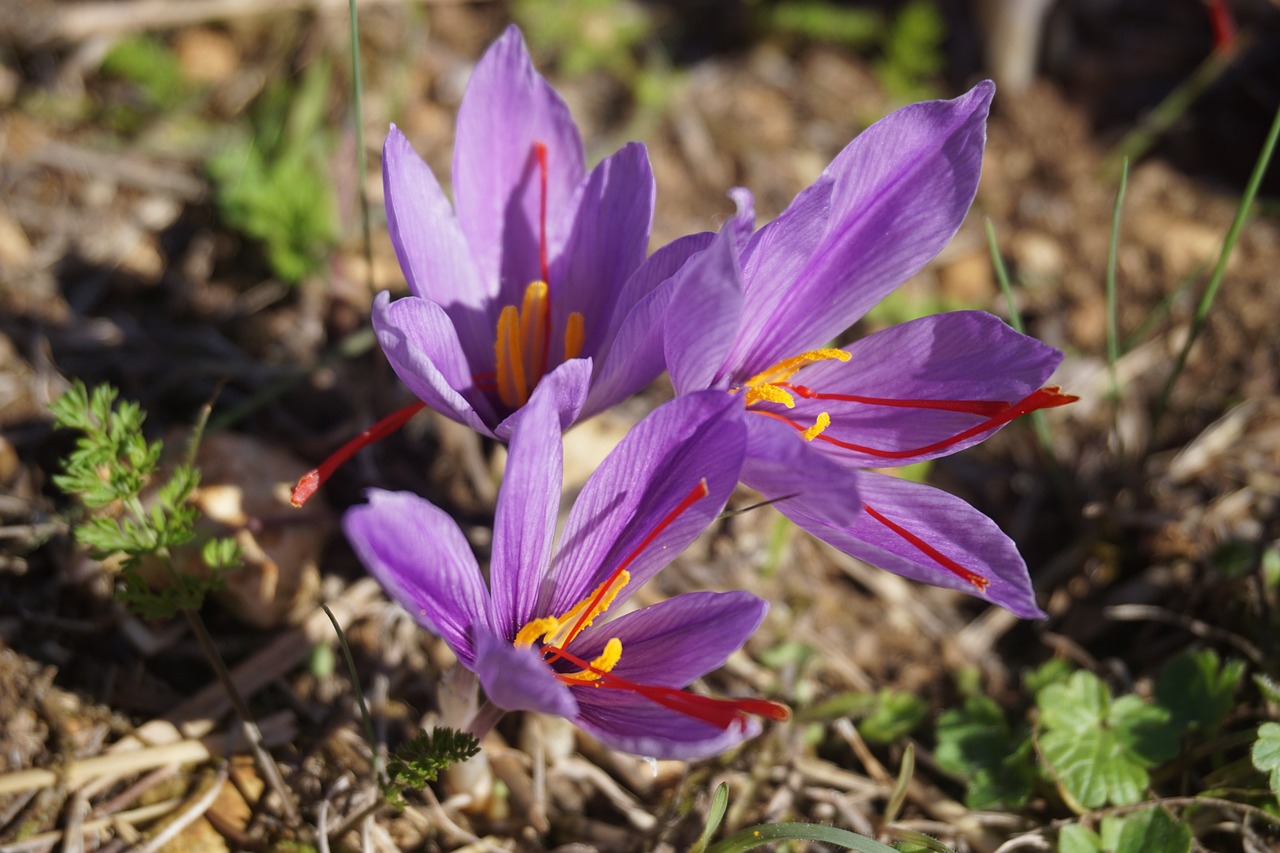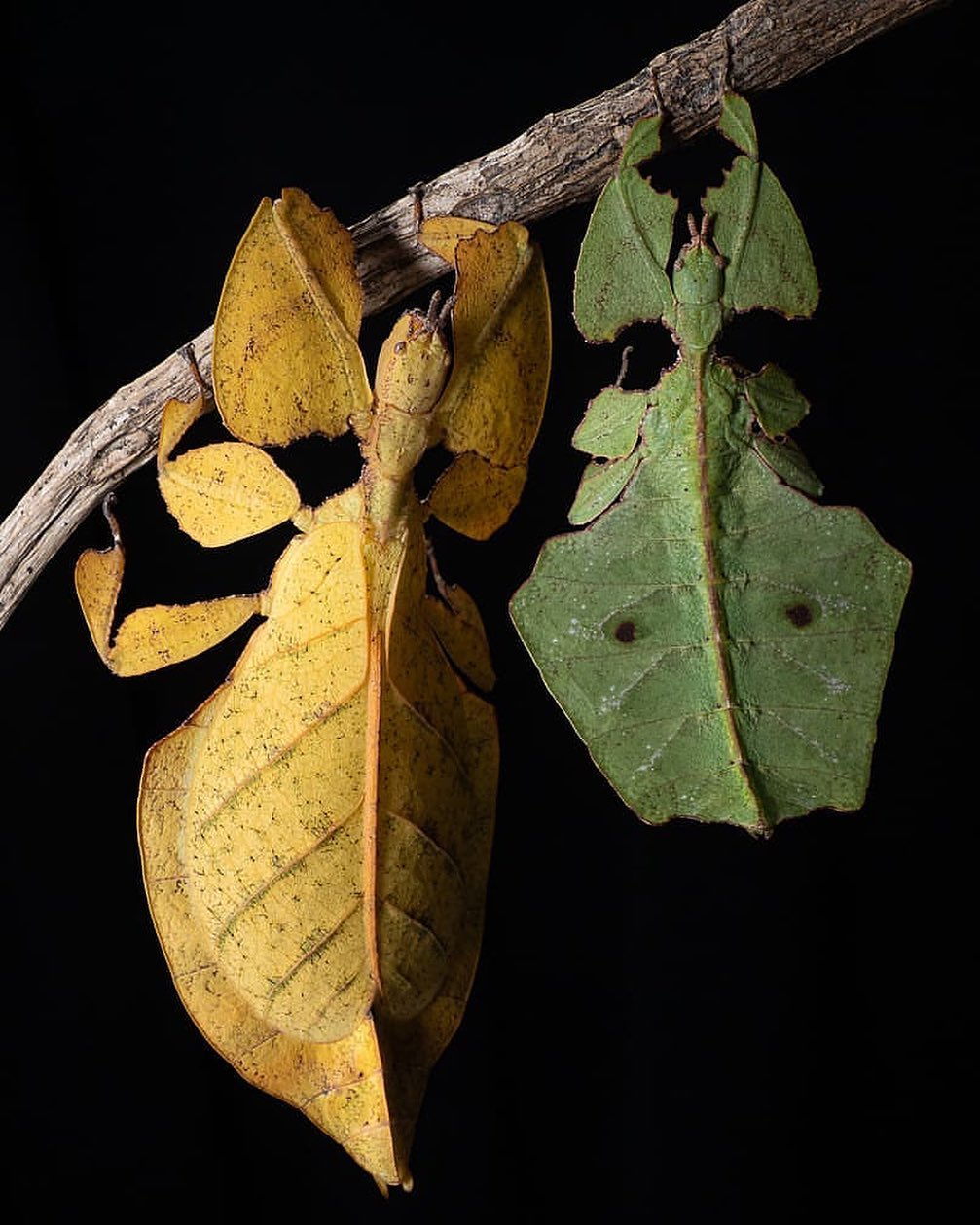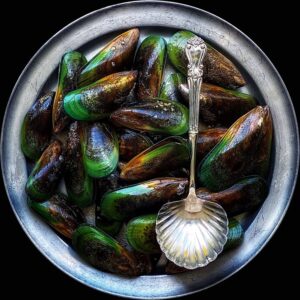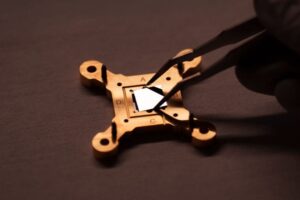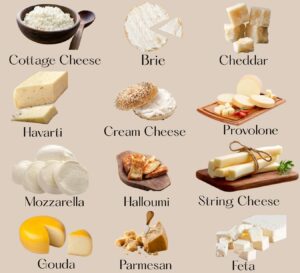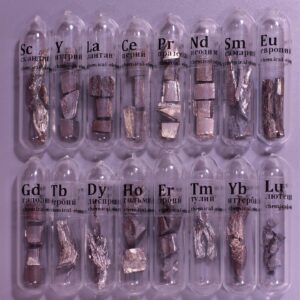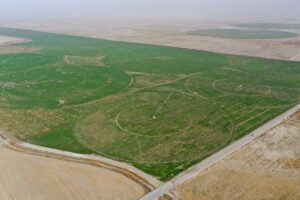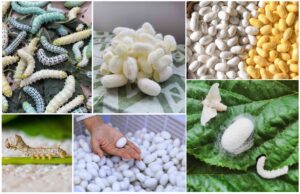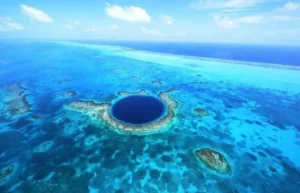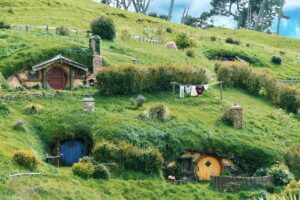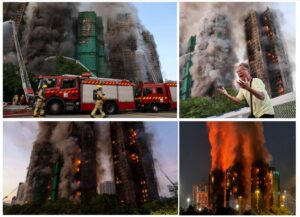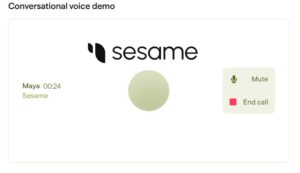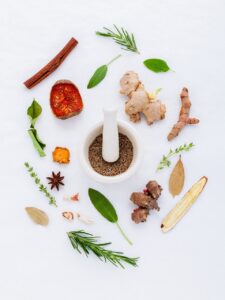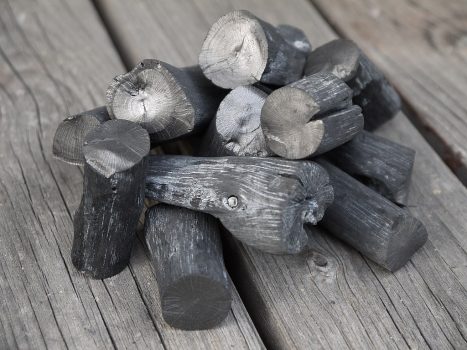 Pin
Pin Binchotan Charcoal / Image from Wikimedia Commons
Most people think of charcoal as something you toss on a grill, but the most expensive charcoal in the world is a totally different beast. It’s not about barbecues—it’s about tradition, craftsmanship, rarity, and sometimes even status. When it comes to the most expensive charcoal, we’re talking about stuff that goes through meticulous processes that take weeks or even months. This is not your regular store-bought briquette.
In fact, the most expensive charcoal often comes from rare hardwoods or bamboo species that are sustainably harvested and burned in a way that preserves purity and structure. Countries like Japan and South Korea have been producing high-grade charcoal like Binchotan for centuries. It’s so pure that it doesn’t spark, smoke, or even produce odor. And yes, it can cost hundreds of dollars for a few small sticks. People use it for cooking, purifying water, or even skincare—yes, skincare!
Table of Contents
The Cultural Origins Behind the Most Expensive Charcoal
To really get why the most expensive charcoal costs so much, you have to look at where it comes from and how it’s made. Let’s talk about Binchotan, a charcoal so legendary in Japan that it’s been part of the culture since the Edo period (early 1600s). This isn’t something you mass produce. Craftsmen dedicate their entire lives to mastering how to make it. The process includes selecting rare hardwoods like Ubame oak, drying them for months, and then slowly carbonizing them in earthen kilns at controlled temperatures. The result? A shiny, glass-like charcoal that burns clean and steady for hours.
In South Korea, a similar high-end charcoal known as “white charcoal” or “Baekho-tan” also follows ancient techniques. These aren’t just fuel sources; they’re treated like luxury items, especially among elite chefs, high-end wellness brands, and even tea masters. The respect for this charcoal runs deep in these cultures. The price? Upwards of $200 per kilogram in some cases—purely because of tradition, skill, and scarcity.
Why Chefs and Foodies Pay Premium for This Charcoal
If you think the most expensive charcoal is just about hype, ask a high-end chef. They’ll tell you it’s absolutely worth the price. Binchotan and other elite charcoals don’t just burn longer—they burn hotter and cleaner. There’s no smoke to mess with the flavor, and the high heat gives food that perfect, almost magical sear. That’s why top sushi chefs, yakitori grill masters, and Michelin-star restaurants insist on using this specific charcoal, even if it costs ten times more than normal.
This charcoal doesn’t break apart or crumble, which means you get a consistent temperature through the entire cooking process. That consistency is key when you’re working with delicate ingredients like scallops, wagyu beef, or premium vegetables. For foodies and professionals, it’s not about showing off. It’s about getting every bit of flavor, texture, and aroma right. And they’re willing to spend hundreds on a small box if it guarantees perfect results every single time.
Charcoal That Purifies Water and Cleanses Skin? Yes.
This might blow your mind, but the most expensive charcoal isn’t just for food—it’s also used in health and beauty. High-grade white charcoal, especially Japanese Binchotan, is packed with porous carbon. That makes it perfect for absorbing toxins, odors, and impurities. Drop a stick of it in a water bottle and it purifies your drink by removing heavy metals and chlorine. No chemicals, no filters—just pure, natural detox.
Wellness brands sell this same charcoal for skincare. It’s ground into fine powder and added to face masks and scrubs. People swear it helps clear acne, shrink pores, and balance oily skin. Some even brush their teeth with it for a natural whitening effect. What’s wild is that this charcoal can cost over $100 for a small bag of powder.
It’s kind of like a natural Swiss Army knife—grill with it, drink from it, clean your face with it. And yeah, people really do pay top dollar for it, because it actually works.
The Role of Sustainability in the High Price Tag
Part of what makes the most expensive charcoal so rare is how carefully it’s harvested and produced. We’re not talking about mass-deforestation or clear-cutting. The wood used for Binchotan and other premium charcoals comes from slow-growing trees, like Ubame oak, often cultivated under strict forest management systems. Some producers even wait decades before harvesting a single tree. That kind of patience and responsibility drives up costs—but for good reason.
Charcoal like this is carbonized in traditional clay or stone kilns, often by artisans working in remote villages. The process is slow, controlled, and environmentally conscious. That’s why high-end charcoal doesn’t release toxins or greenhouse gases when burned. It’s clean energy in the most literal sense. And in a world obsessed with eco-friendliness, that level of sustainability matters.
People are willing to pay more for something that’s not only premium but also ethical. It’s not just about what it does—it’s about how it’s made. You’re buying a story, a legacy, and a promise to the planet.
When Charcoal Becomes a Luxury Status Symbol
Not everyone buys the most expensive charcoal for practical use. Some people buy it just to show they can. It’s become a quiet status symbol in elite circles, kind of like collecting rare wines or designer watches. Wealthy folks host upscale BBQs or tea ceremonies and make sure guests know they’re using authentic Binchotan or Korean Baekho-tan. It’s not about the meat—it’s about the flex.
There are even collectors who keep rare types of charcoal in decorative boxes or glass cases. Sounds insane? Maybe. But in cultures that deeply respect craftsmanship, fire-making materials like this are revered objects. Owning them signals taste, refinement, and cultural awareness.
Some luxury hotels and spas now include Binchotan sticks in wellness packages or room experiences. It’s marketed as a luxury element, even in bathing rituals. If your self-care kit includes $200 charcoal, that sends a message. This isn’t about fuel anymore—it’s about identity, exclusivity, and lifestyle branding.
Comparing Regular Charcoal vs. the Most Expensive Charcoal
Regular charcoal is fast, dirty, and cheap. It’s made from compressed sawdust, often with additives like lighter fluid. That’s why it sparks, smokes like crazy, and gives food a weird aftertaste. You get what you pay for—usually a $10 bag that’s convenient but messy.
Now, the most expensive charcoal? That’s a different league. It doesn’t spark. It burns clean. It lasts for hours without flaking or breaking apart. And it doesn’t make your house smell like burnt tires. When you cook over it, the flavors stay pure—no ash, no grime. You could even use it indoors in a properly ventilated space.
It’s also denser and heavier. A small stick of Binchotan can weigh more than a whole handful of standard briquettes. So while you’re paying more upfront, you’re also getting more value over time. There’s less waste, better results, and way more respect for the product. It’s not about luxury—it’s about quality that lasts.
Who Actually Buys the Most Expensive Charcoal?
So who’s shelling out hundreds of dollars for this stuff? It’s a surprisingly mixed crowd. At the top, you’ve got celebrity chefs and Michelin-starred restaurants. They don’t care about cost—they care about precision. A steak grilled over Binchotan hits different, and they know it.
Then you’ve got health-conscious folks. These people buy it for detoxing water or making DIY skincare. They want clean, sustainable, and chemical-free. And they’ll pay extra if it checks all those boxes. You’ll also find high-end spas and boutique hotels offering charcoal wellness experiences.
But here’s the twist—there’s also a niche group of collectors and traditionalists. People obsessed with Japanese tea ceremonies, Korean firewood rituals, or ancestral cooking methods. For them, buying the most expensive charcoal isn’t splurging—it’s preserving heritage.
And yes, there are luxury lifestyle influencers who just want to show off their “eco-chic” purchases on social media. Whether it’s for function, health, or flexing, this market is very real—and growing.
The Struggle to Keep This Charcoal Alive
Behind the scenes, there’s a quiet crisis brewing. The artisans who make the most expensive charcoal are aging—and few are stepping up to continue the craft. Making high-end charcoal like Binchotan or Baekho-tan isn’t just burning wood. It takes decades to learn how to select trees, manage kiln temperatures, and recognize the perfect finish. It’s not a job you can just “pick up.” It’s a lifestyle, often passed from generation to generation.
The problem? Younger people are leaving rural towns for big cities. They don’t want to spend months in smoky kilns or live in isolation. That’s putting the future of this rare charcoal in danger. Some producers are already shutting down, and prices are creeping higher as supply tightens.
A few government programs and cultural groups are trying to revive interest by offering apprenticeships or subsidies. But the demand is outpacing the people who can actually make it. That scarcity is driving prices up even more—and pushing this tradition closer to extinction.
How to Identify Genuine Most Expensive Charcoal
With all the hype, fake charcoal is everywhere, trying to pass as the real deal. So how do you know if you’re getting authentic, expensive charcoal like Binchotan or Baekho-tan? First, the texture is a giveaway. Genuine premium charcoal is very dense and smooth, almost like glass on the outside. It won’t crumble easily in your hand.
Next, smell it. Real high-grade charcoal has little to no odor. If you detect chemical or plastic-like smells, run. Also, real Binchotan burns cleanly without heavy smoke or sparks, so if you see sparks or lots of black smoke, that’s a sign it’s cheap or fake.
Packaging matters too. Trusted brands usually come with certificates or traditional branding, sometimes even hand-signed by the artisan. Price is another clue—if it’s suspiciously cheap, it probably isn’t the real thing. Buying from specialized dealers or direct sources in Japan or Korea increases your chances of getting authentic charcoal.
FAQs
It’s costly because it’s made from rare hardwoods using traditional, labor-intensive processes that take months. The result is a clean-burning, long-lasting charcoal with no smoke or odor, often used by chefs and wellness brands.
Technically yes, but it’s usually reserved for high-end cooking or specialty uses because of its price. It delivers superior heat and flavor but might be overkill for casual barbecues.
Yes. Most high-end charcoal is sustainably harvested from slow-growing trees and produced in traditional kilns that minimize pollution, making it a much cleaner fuel source.
Store it in a dry, cool place away from moisture. Keep it in airtight containers if possible to preserve its purity and prevent any contamination.
The best sources are specialty stores, online dealers specializing in Japanese or Korean charcoal, or direct from producers in those countries. Beware of cheap knock-offs or unknown sellers.

